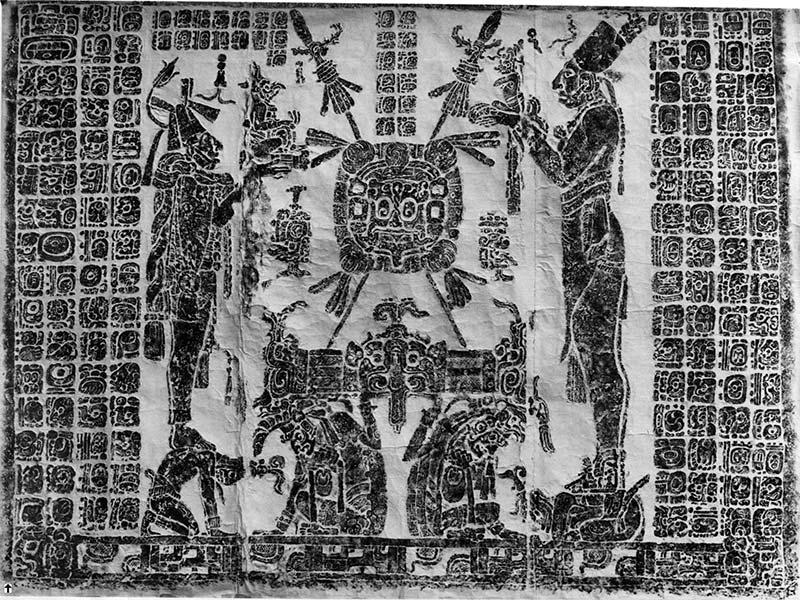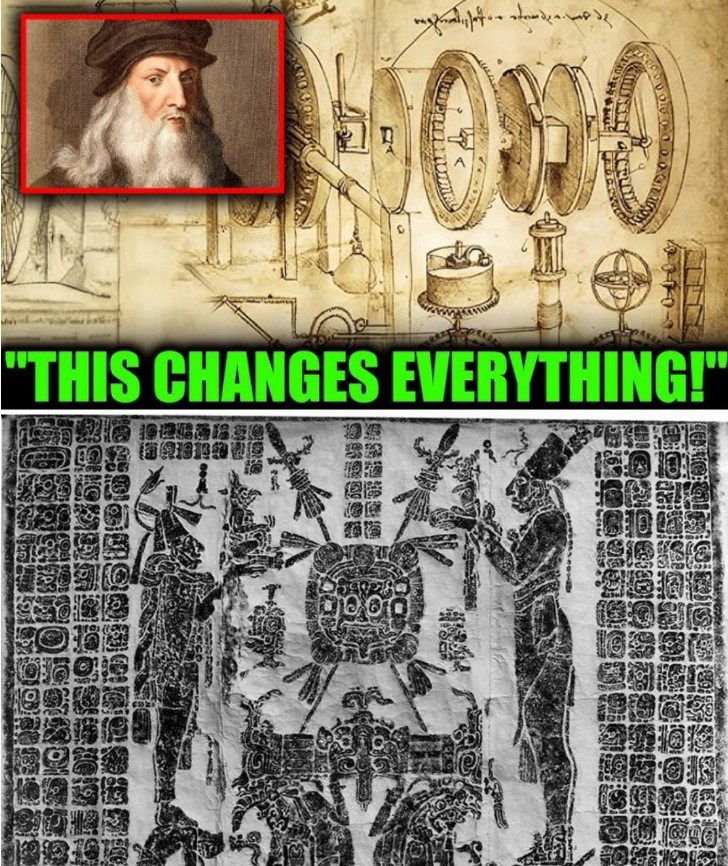AI Unveils the Shocking Truth Behind the Mayan Calendar: It’s Not Doom, But a Cosmic Revelation That Will Change Everything We Know!

The Mayan civilization is renowned for its intricate calendar systems, which have long fascinated scholars and captivated the public imagination.
Among these, the Mayan calendar stands out as a masterpiece of mathematical and astronomical precision.
Yet, for decades, the 819-day cycle embedded within this complex system has remained an enigma, confounding researchers who have struggled to decipher its meaning and purpose.
This cycle, appearing alongside royal names and temple dedications, was dismissed as a mere curiosity, a footnote in the annals of history.
However, the advent of artificial intelligence has changed everything, revealing a hidden brilliance that could reshape our understanding of time itself.
The Mayans were not merely superstitious mystics; they were master astronomers and mathematicians who meticulously tracked celestial events.
They created a calendar system that encompassed various cycles, including the sacred 260-day Tzolk’in and the 365-day Haab’, each serving distinct purposes in their society.
Yet, amidst these established cycles, the 819-day count stood apart, perplexing scholars who sought to find its place within the greater framework of Mayan timekeeping.
For years, researchers compared it to lunar phases and planetary movements, but nothing seemed to fit.
The 819-day cycle became a symbol of frustration, a riddle with no key.

As the world moved on, dismissing the Mayan calendar as a relic of superstition, a new era of inquiry began with the rise of computational power.
A team of scholars from Tulane University decided to take a fresh approach.
Instead of forcing the 819-day cycle into familiar patterns, they used AI to analyze the data holistically, expanding their view beyond the confines of single celestial bodies.
They multiplied the 819 days, stretching the cycle across vast swathes of time—up to 45 years—revealing patterns that had eluded human scholars for centuries.
The breakthrough came when the researchers discovered that the 819-day cycle was not meant to stand alone.
Instead, it was a cog in a much larger cosmic mechanism, intricately woven into the rhythms of all visible planets.
By aligning the 819-day pulse with the synodic periods of Mercury, Venus, Mars, Jupiter, and Saturn, the team unveiled a stunning harmony.
Each planet’s orbit fell into place with the 819-day cycle, creating a celestial clockwork that spoke to the Mayans’ profound understanding of the cosmos.
Mercury’s orbit, a mere 117 days, clicked seamlessly into the 819-day count, while Venus required five cycles to return to its original position.
Mars, with its 780-day rhythm, also synchronized beautifully, as did Jupiter and Saturn.
The revelation was nothing short of astounding: the 819-day cycle was a sophisticated tool for tracking planetary movements, a grand design that illustrated the interconnectedness of celestial bodies and their
influence on human life.

What was once perceived as an oddity transformed into a cosmic code, revealing the Mayans’ remarkable ability to encode astronomical knowledge into their calendar.
This understanding of time was not linear but rather a spiral, reflecting the cyclical nature of existence.
The Mayans believed that time was alive, a living rhythm that mirrored the cycles of agriculture, spirituality, and politics.
They saw the universe as a grand tapestry, where every thread was interwoven, creating a beautiful dance of renewal and transformation.
The implications of this discovery extend far beyond academia.
The Mayan calendar, long relegated to the realm of superstition and fear, emerges as a profound philosophy of renewal.
It serves as a reminder that endings are not final but rather gateways to new beginnings.
The date December 21, 2012, which many feared would herald an apocalypse, was instead a mark of a great cycle’s completion—a resetting of the cosmic clock, inviting humanity to step into a new age with
understanding and hope.
This revelation challenges the prevailing narratives that have shaped our understanding of ancient civilizations.
The Mayans were not primitive; they were sophisticated astronomers whose insights into the cosmos rival modern scientific knowledge.
Their calendar was not simply a means of keeping time; it was a bridge between human existence and the mechanics of the universe.
The 819-day cycle, once seen as a fragmentary oddity, is now recognized as a masterpiece of cosmic engineering, revealing the Mayans’ deep connection to the celestial realm.
As we reflect on this newfound understanding, we are reminded that the universe is a living cycle, and humanity is woven into its fabric.

The Mayan vision of time offers us a profound lesson: that every ending is a threshold to another beginning, and that the rhythms of the cosmos resonate within our lives.
The AI-driven revelation of the Mayan calendar is not merely an academic triumph; it is a call to embrace the interconnectedness of all things and to recognize the beauty of the cycles that govern our existence.
In conclusion, the mystery of the Mayan calendar, once dismissed and misunderstood, has been illuminated by the power of artificial intelligence.
The 819-day cycle stands as a testament to the brilliance of the Mayans, revealing a cosmic code that connects us all.
As we navigate the complexities of our modern world, let us carry forward the wisdom of the ancients, recognizing that time is not a linear march toward oblivion, but a spiral of renewal that invites us to dance in
harmony with the universe.
What does this mean for our future? The answer lies in our willingness to embrace the lessons of the past and to recognize the sacred rhythms that shape our lives.
Share your thoughts in the comments, and thank you for joining us on this incredible journey of discovery!
